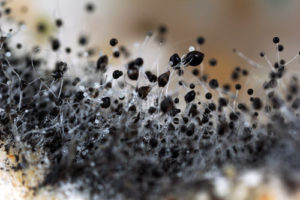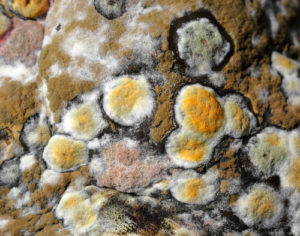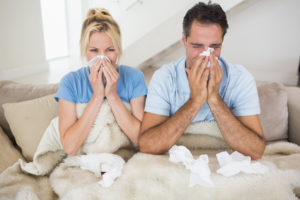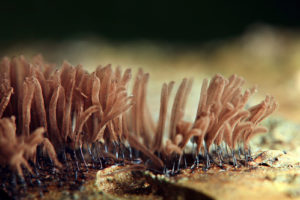It’s Time to Get Stern with Your Mold!
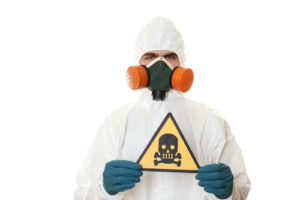
It’s Time to Get Stern with Your Mold!
Is your home or building infested with mold that has resisted all of your attempts to remove it? It’s time to get “Stern” with mold using our proprietary MoldExterm system that is a safer, eco-friendly and cost-effective improvement over traditional mold remediation methods.
MoldExterm: A State-of-the-Art Treatment
Effective mold removal is a two-step process. All visible mold must first be removed, and then the cause of the infestation has to be treated at the source.
- In MM1, the first part of the MoldExterm treatment, all affected areas are cleaned with an EPA-registered, multi-purpose antimicrobial solution that kills mold and disinfects the surface. Unlike the intrusive process of remediation, there’s no need to inconvenience your household or business by removing building materials.
- During MM2, surfaces are coated with MoldExterm’s proprietary polymer sealant which incorporates the antimicrobial power of silver nanoparticles. This durable substance was developed by Dr. Leonard Pinchuk, whose many accomplishments include creating the nylon angioplasty balloon that is widely used today to fight cardiovascular disease.
While the sealant is water-soluble during application, ionic cross-linkers prevent it from being water-soluble once it dries. When conditions are right for mold development, the cross-linkers rise to the surface, preventing spores from taking hold.
The polymer sealant is so powerful that it remains active even under a coat of paint. We also offer a guarantee of up to five years for your peace of mind.
Contact Stern Mold for Safe and Effective NYC Mold Removal
Are you ready to get “Stern” with your mold? Contact us today to schedule a free mold inspection by one of our friendly and professionally trained technicians.

